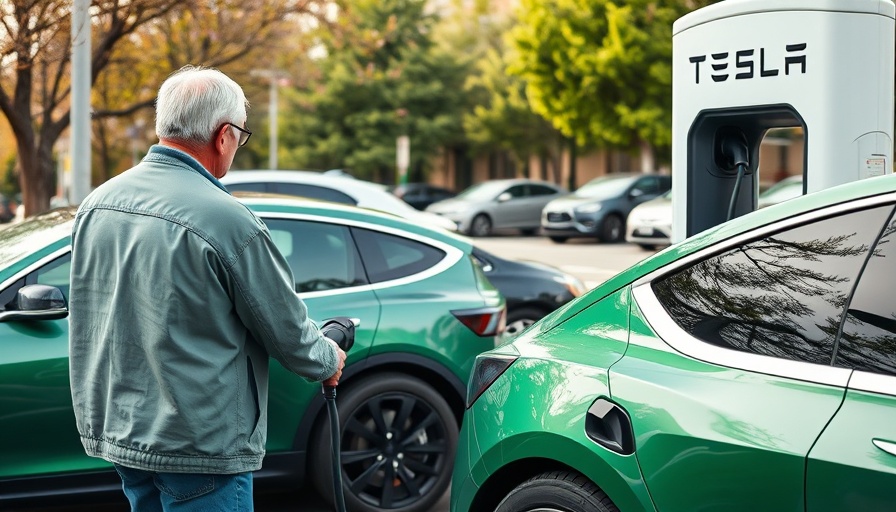
Transforming the Charging Landscape
The partnership between major automakers and Tesla in facilitating access to its Supercharger network marks a pivotal shift in the electric vehicle (EV) market. In a landscape that previously relied heavily on the Combined Charging Standard (CCS), Tesla's North American Charging Standard (NACS) is shifting the balance of power towards its robust infrastructure, fostering a new era of cooperation among industry leaders.
Historical Context Behind the Transition
The initial reluctance to adopt Tesla's technology stems from a competitive spirit in the automotive industry. Until Tesla's release of its charging connector design in November 2022, many manufacturers preferred CCS due to its established foothold. However, the efficiency and user-friendly nature of Tesla's network have compelled automakers to reconsider their strategies, leading them to embrace NACS in 2023.
Continuing Evolution of Electric Charging
This adoption trend reached a turning point when Ford's monumental decision to collaborate with Tesla on charging infrastructure was announced. Following Ford, companies like GM, Rivian, and Hyundai have joined this growing list of brands aligning with Tesla's system, signaling a collective push towards a simplified and more accessible charging approach for EV users across North America.
Challenges for Non-Tesla EV Owners
Despite the growing acceptance of NACS, challenges still loom for vehicle owners committed to the CCS format. The future remains uncertain for those waiting for approved adapters to connect with Tesla's Supercharger stations. Although third-party adapters exist, they come with significant disclaimers from manufacturers about potential damages, heightening consumer hesitation.
A Promising Future for EV Development
With over 36,000 NACS ports now publicly available, the opportunity for EV adoption is immense. Automakers are integrating Tesla’s standards into their future designs, suggesting a sustainable direction in vehicle and charging network compatibility. This collaboration could significantly enhance charging accessibility, propelling the growth of electric mobility.
 Add Row
Add Row  Add
Add 




Write A Comment